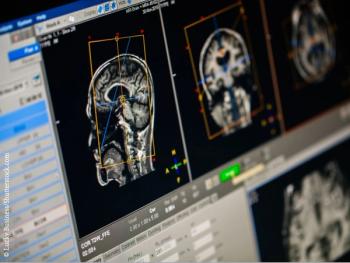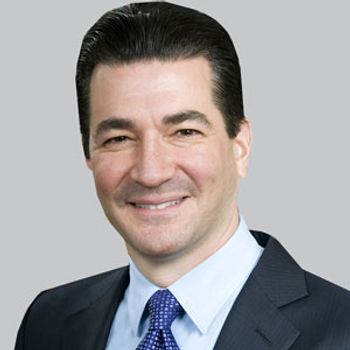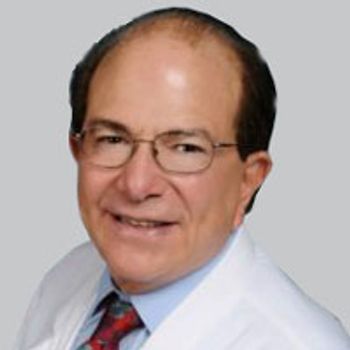
DREAMS-START demonstrates that a manual-based psychological treatment for sleep disorders in dementia is feasible and acceptable.

DREAMS-START demonstrates that a manual-based psychological treatment for sleep disorders in dementia is feasible and acceptable.

Can better collaboration between industry and clinicians solve the challenges that plague the Alzheimer community?

Nabilone significantly improved agitation, neuropsychiatric symptoms, cognition and nutrition in patients with moderate-to-severe Alzheimer disease.

Neurology Times invited David E. Olson, PhD to discuss a new study that sheds light on the role of psychedelics in promoting neuritogenesis, spinogenesis, and synaptogenesis.

The founder and CEO of T3D Therapeutics, Inc., spoke about T3D’s desire to go against the grain and trend in the therapeutic development for mild to moderate Alzheimer disease.

The findings suggest that intensive lowering of blood pressure may reduce the risk of mild cognitive impairment and the combined risk of mild cognitive impairment and dementia, but not dementia alone.

The head of the Department for Geriatric Psychiatry, Central Institute of Mental Health discussed his thoughts about patients with mild dementia and prodromal Alzheimer disease.

The increased risk of hemorrhage was not revealed in 5-mg and 10-mg doses, implying a dose-dependent effect for rivaroxaban.

Paramedics were called to a campus party after a 911 call was placed with a report that a 19-year-old male suddenly “passed out.”

Data back a 4-fold higher dose of crenezumab in the CREAD 1 and CREAD 2 trials than used in phase II.

Midazolam is expected to receive a decision from the FDA in early 2019. If approved, it would become the first new medication for this indication in more than 15 years.

The Director of the University of Rochester Alzheimer's Disease Care, Research and Education Program discussed the landscape of care in Alzheimer symptom management.

Hampel looks to the future of the Alzheimer space and sees promise, especially since there’s transfertilization from other advanced science fields in medicine like oncology, diabetes research and rheumatology.

The director of the Sleep-Wake Disorders Center at Montefiore Medical Center spoke about the difficulties of treating sleepiness and what solriamfetol brings to the table.

The vice president and head of Alzheimer’s Disease, Dementia, and Movement Disorders in Late Stage Clinical Development at Biogen spoke about the upcoming TANGO II trial in Alzheimer disease.

Davangere P. Devanand, MBBS, MD, discussed the possibility of neurologists prescribing low-dose lithium for patients with Alzheimer and symptoms of agitation.

The Director of the University of Rochester Alzheimer's Disease Care, Research and Education Program discussed the ongoing study, which is exploring s-citalopram in patients with Alzheimer who also have symptoms of agitation.

Study results suggest that agonist stimulation of PPAR delta may be an effective therapeutic strategy to addressing dysfunctional metabolism in Alzheimer disease.

The approval is a first of its kind for the rare disease, and the first in a new class of drugs—small interfering ribonucleic acid (siRNA) treatments.

Findings from STROKE 2018 revealed sICH was more likely with right hemispheric patients post-alteplase infusion.

Haeberlein spoke about a number of topics in the Alzheimer space, including the progress that has been made and her excitement for the future.

Stephen D. Silberstein, MD, discussed the powerful impact that the new class of CGRP inhibitors is beginning to have on migraine.

The 2 anti-Aβ monoclonal antibodies, in treatment for Alzheimer disease, are currently being tested in 2 phase III trials.

The phase IIb/III study is scheduled to initiate enrollment of approximately 450 patients, randomized 1:1:1 to 2 different ANAVEX 2-73 doses or placebo.

Michael J. Thorpy, MBChB, spoke about solriamfetol’s success and the possibility of it treating other sleep conditions.

The use of DBS in early Parkinson could slow rest tremor progression in patients.

The professor of psychiatry in neurology at the Gertrude H. Sergievsky Center at Columbia University Medical Center spoke about the possibility of using lithium for agitation in Alzheimer.

Higher doses of gantenerumab, a monoclonal antibody designed to bind to aggregated Aβ and remove beta plaques, will be investigated in phase III trials.

This guideline gives recommendations to improve diagnosis, health outcomes and care of individuals with prolonged disorders of consciousness.

The human recombinant monoclonal antibody is designed to increase progranulin levels to sustain neuron survival and moderate inflammation.